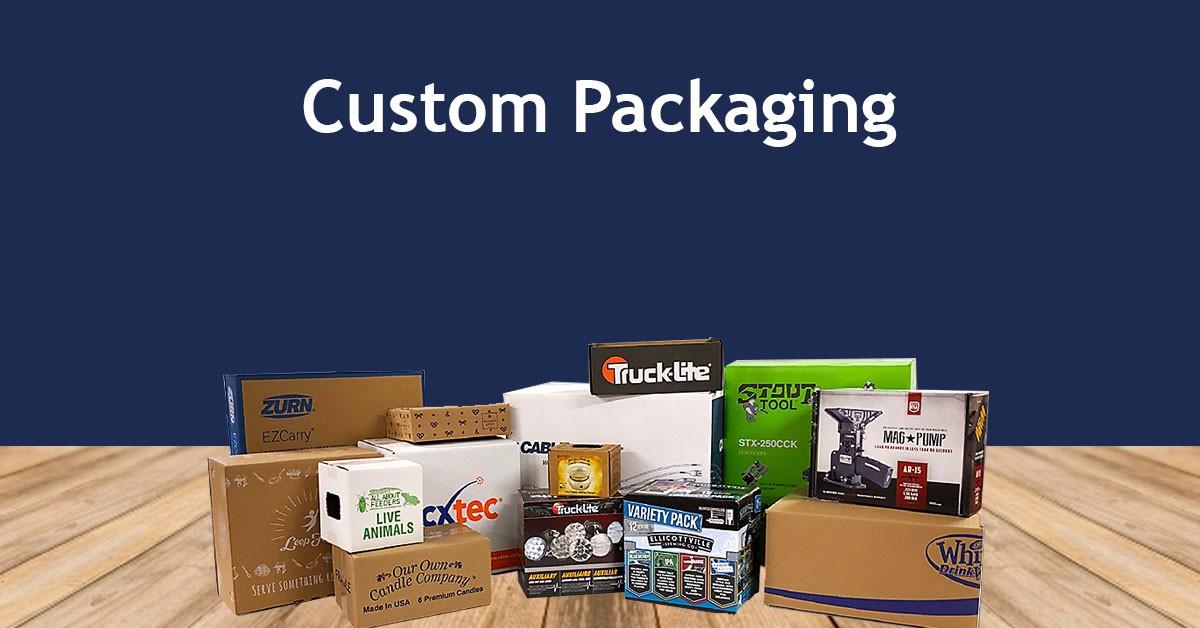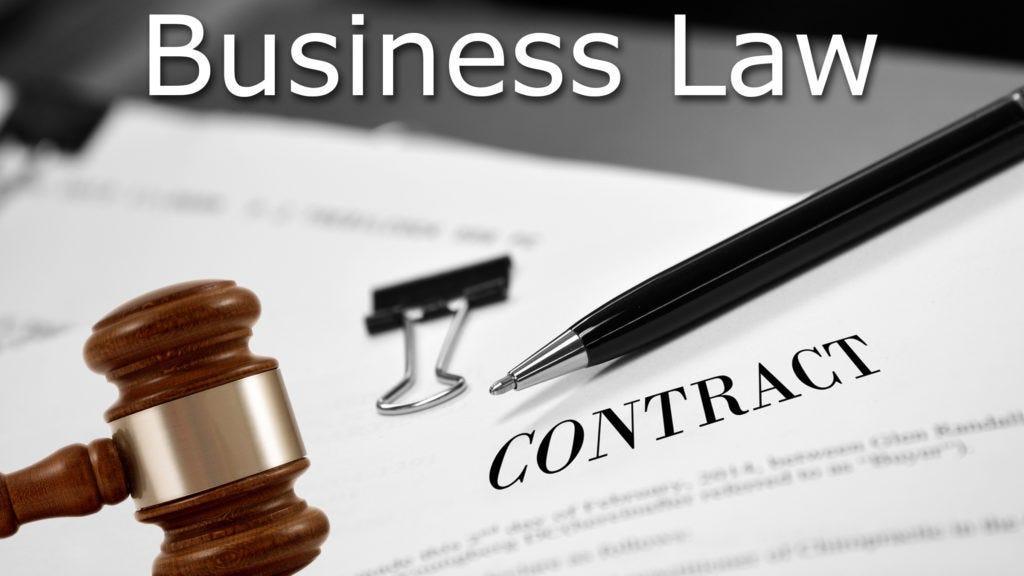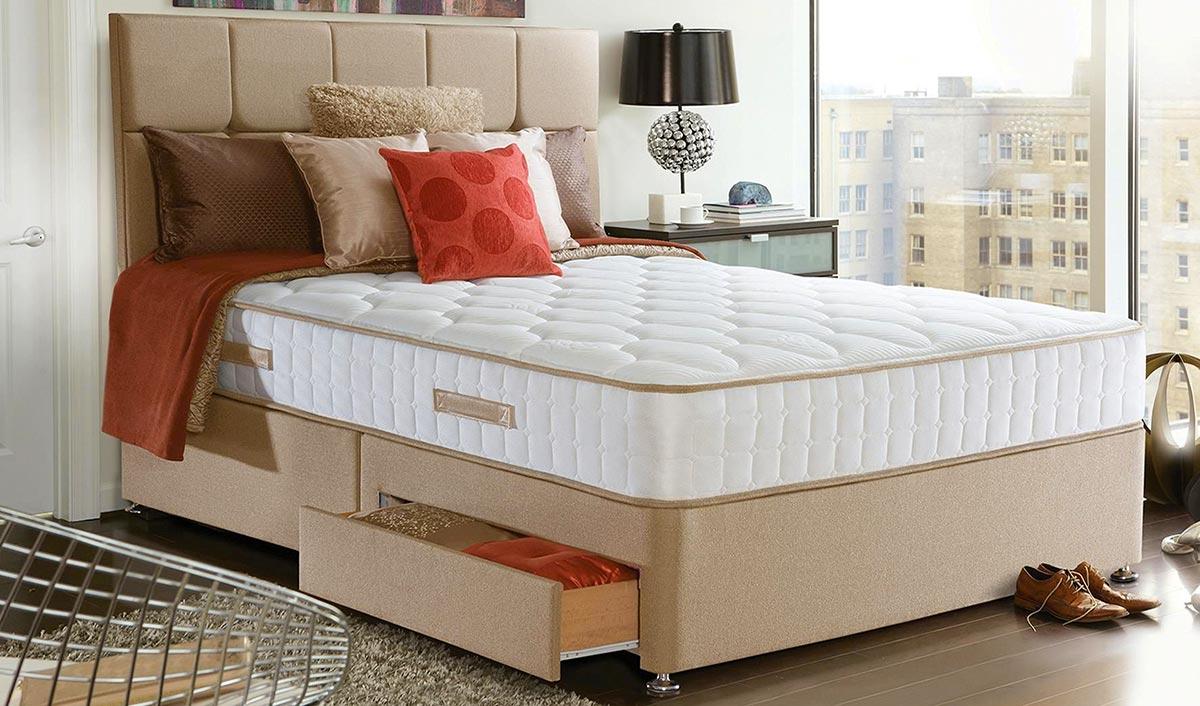
The Food Industry is one of the most demanding industries in terms of packaging. While this industry has some unique design and development challenges, it also holds many potentials for creativity and innovation. Food packaging is not just about looking good; it's about getting the right message across to consumers - that you have healthy food on offer, for example - as well as protecting your product from damage during transit or storage.
Packaging is an essential aspect of the food industry. Food packaging is used to ensures food safety as it also helps to enhance the customer's experience. Food packaging is defined as "materials used to form a protective enclosure around goods for transport or storage." Packaging protects food from external elements such as bacteria, water, dust, and sunlight. Food packaging also plays a significant role in marketing; it helps companies increase revenue by attracting customers with appealing colors and designs on their product labels. Therefore, packaging is a necessary part of the Food and Beverage Industry. Food companies have to package their products to maintain freshness, protect them from contamination, and allow them home. Companies can use it, but they all serve the same primary purpose: to keep food safe and secure so that people will want to buy it.
Customized Food Industry Packaging is an essential element that can help to enhance the customer experience. The packaging protects the product and changes and enhances its look. Therefore, it is necessary that food products from external elements such as bacteria, dust, light, and insects. Food industry packaging boxes are often designed with a specific purpose in mind, such as reducing damage during shipping or keeping the quality of fresh produce high. Furthermore, these boxes will have different characteristics depending on whether they are made for hot or cold foods. This blog post will explore some custom Kraft Boxes commonly used by manufacturers in this industry The most common types of containers used for food packaging are:
Paperboard boxes
Paperboard boxes are made out of natural fibers, which come in handy because they keep the product intact inside. They are made and customized with different ideas. The food companies use much of their product like chocolates, fresh food, and much more to cover and keep it safe. These boxes are usually used to transport food and those that need more protection. These boxes can be customized in different ways, so manufacturers can choose from various materials and textures for packaging their products inside. They are recyclable, which means they don't harm the environment. So using good quality kraft mailer boxes is essential for the business and for products that get distributed all over the country.
Aluminum foil (aluminum)
Aluminum foil is a versatile product used for cooking, storing food, and even as an emergency shelter. Aluminum has been found to make excellent protection against bacteria because it provides a complete barrier from light, moisture, and oxygen. It's also valuable for packaging perishable foods without refrigeration, which makes them last longer. Pharmaceutical packaging also uses this material because it makes perfect aseptic packaging. It does not allow light, oxygen, or moisture to get through the barrier so that perishable goods can be stored without refrigeration for long periods with no concern about spoilage. In addition, the aluminum foil provides complete protection from harmful elements such as bacteria due to its robust metal composition, which blocks all three-oxygen, water vapor, and UV rays from reaching what's wrapped up inside it. The heavy-duty material also has an even shiny surface, making everything shine brightly when seen on store shelves day after day.
plastic film (plastic)
Plastic packaging has been a sustainable solution to keeping food fresh for many years. It's lightweight and efficient, which helps preserve products while reducing waste on farms or in grocery stores. Plastics have transitioned from being show-stopping throwaways into an integral part of the life cycle that keeps our natural resources without harming us with chemicals like foreign bacteria and viruses, harmful additives such as phthalates. That's because plastics are one of nature's most versatile materials. They can be made soft enough to wrap around fruit yet strong enough to carry heavy loads safely!
Glass jars or bottles (glass)
Glass packaging is made from naturally occurring ingredients abundant in nature. No other materials are needed to create the glass, and it can be recycled endlessly with no loss of quality or purity. "Glass" has a lot going for it: It's sustainable, inert, safe to store food and drinks in-and beautiful! Consumers love its simple elegance. The benefits of glass packaging are clear: "glass" is 100% recyclable; you'll never have any more waste than when recycling paper products like newspapers or magazines because there's only one material used during production--the alchemy of these ingredients results in this singular product which also happens to look great on your windowsill as decoration.
Glass is easily used for covering. Glass packaging can be infinitely recycled, reused, or refillable with no loss in quality or purity. Glass containers are made from naturally occurring ingredients abundant in nature, so there's never any need for harmful chemicals to make them safe on food storage surfaces like plastic lids do because they're not needed! Many medicines and chemicals are used to pack for transportation.
The environmental benefits
Glass is a much more environmentally friendly packaging than plastic. Plastic bottles take thousands of years to break down in the environment, while glass takes just decades. That's because toxins inside them disrupt natural processes and cause animals and plants to die out faster when they get into the water supply or food system since we are health conscious.
Conclusion
Food packaging is a necessity in this day and age where food needs to be transported long distances. So it is essential to choose sustainability. Food industry packaging saves money on transportation by reducing the weight of their products through its use and reducing waste because it takes up less space than other materials like cardboard or plastic. In addition, food Industry packaging is necessary because they save you time from having to pack your product before transporting them elsewhere, so that will reduce gas emissions and help with sustainability.
Also read about:
Why Canadians are using online platforms to avoid doctors appointments
The tourist attractions of Auli
Signs It Is Time For Canopy Cleaning










More Stories
3 recommendations on Managing Payroll Systems for brand spanking new Businesses
How can we enhance our business presence with custom packaging solutions
What is a security certification salary
Is Trademark Registration Compulsory For E Commerce Companies
Choosing a Road Freight
The most effective method to Build a Home Music Studio in a Garden Log Cabin